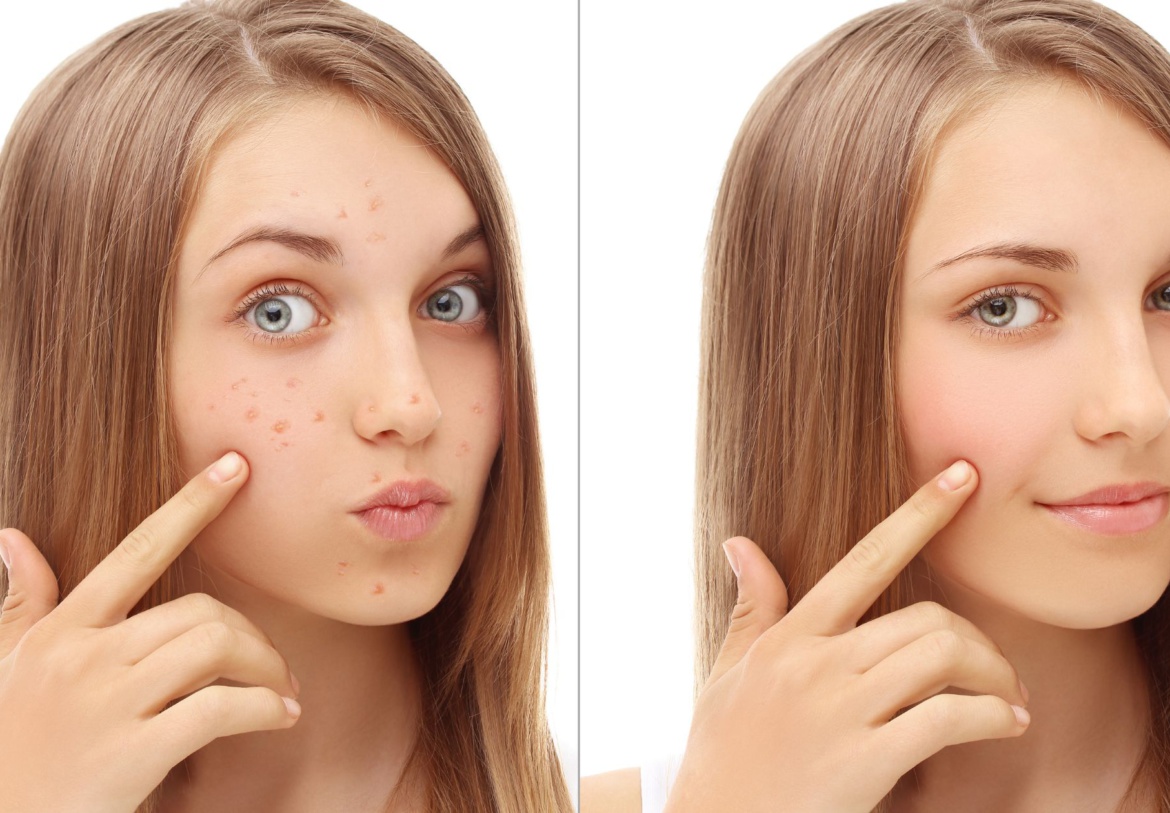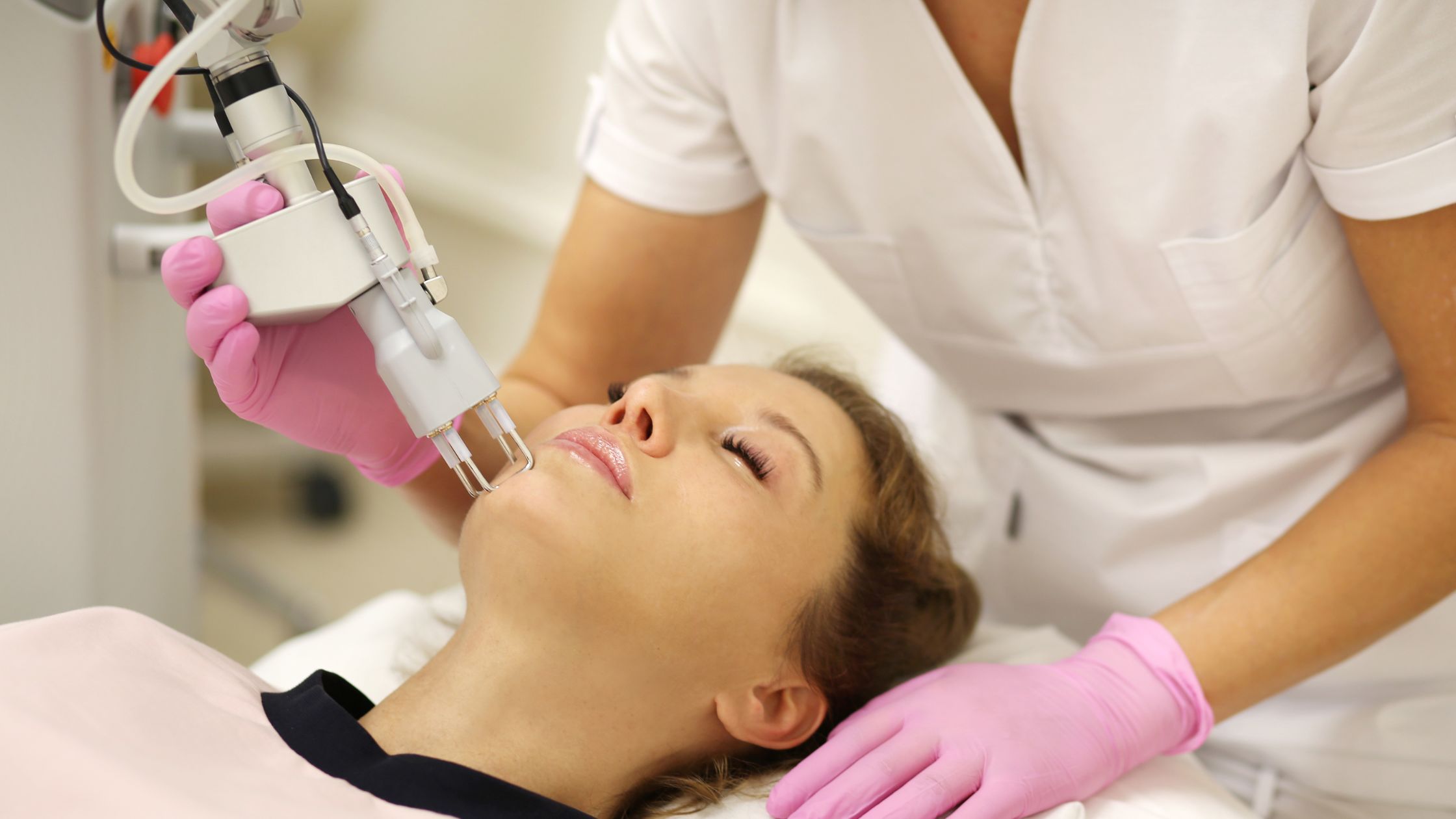Acne scars can be a frustrating reminder of past breakouts, often leading to diminished self-confidence. Fortunately, advancements in dermatology offer a variety of safe and effective acne scar removal treatments, helping to restore smooth, radiant skin. Whether you’re looking for fast results, non-surgical options, or a long-term skincare plan, there are solutions that cater to different skin types and scar severity.
In this blog, we will explore the most reliable and effective acne scar removal treatments, focusing on both surgical and non-surgical methods. We’ll also guide you on the safest approaches to minimize risks and maximize results.
Understanding Acne Scars: Types and Causes
Before diving into treatment options, it’s essential to understand the different types of acne scars. Knowing the kind of scar you have will help you select the most suitable treatment.
- Atrophic Scars: These scars are caused by a loss of skin tissue and present as indentations on the skin. The most common forms include:
- Ice pick scars: Deep, narrow scars that look like small holes.
- Boxcar scars: Broad depressions with well-defined edges.
- Rolling scars: Shallow depressions with smooth edges, giving the skin a wave-like appearance.
- Hypertrophic Scars: Unlike atrophic scars, these are raised scars formed by an overproduction of collagen. They tend to occur more commonly on the chest and back.
- Post-inflammatory Hyperpigmentation (PIH): While technically not a scar, PIH refers to dark spots left behind after an acne breakout, often mistaken for scars.
Understanding the type of acne scar you have is critical for determining which treatment will yield the best results. Let’s now dive into the safe and effective acne scar removal treatments available today.
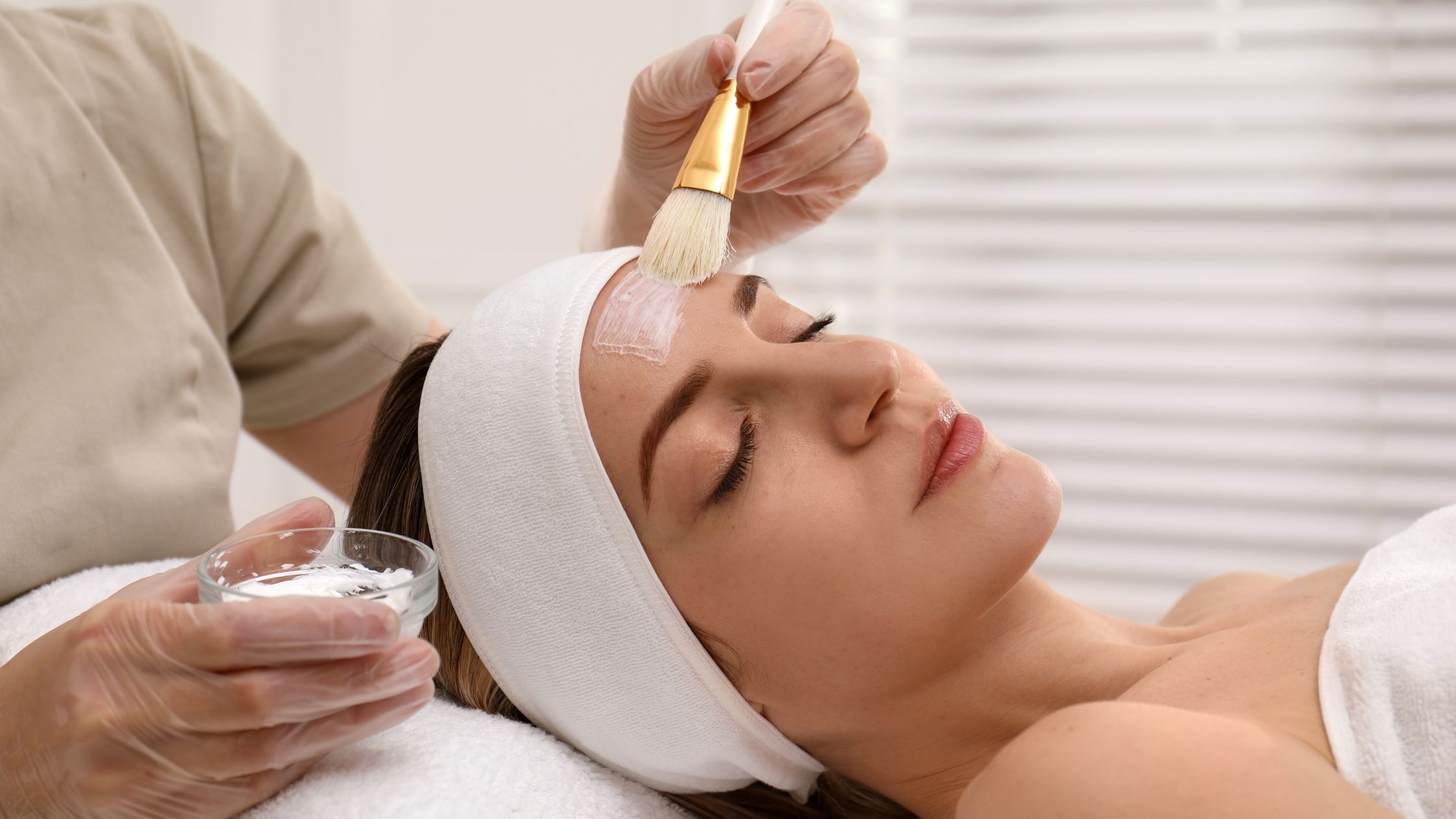
1. Chemical Peels: Exfoliate and Rejuvenate
Chemical peels are one of the most commonly recommended safe acne scar removal treatments. They work by exfoliating the outermost layers of skin, allowing new, smoother skin to emerge. This treatment is especially effective for post-inflammatory hyperpigmentation and shallow scars, such as boxcar scars.
- How it works: A dermatologist applies a chemical solution to the skin, which causes controlled damage, prompting the skin to heal and regenerate.
- Types of peels: Light, medium, and deep peels are available, depending on the severity of the scarring.
Pros:
- Minimal downtime with light peels.
- Non-surgical acne scar solution.
- Improves skin texture and tone.
Cons:
- Requires multiple sessions for noticeable improvement.
- Medium to deep peels may involve downtime and temporary redness.
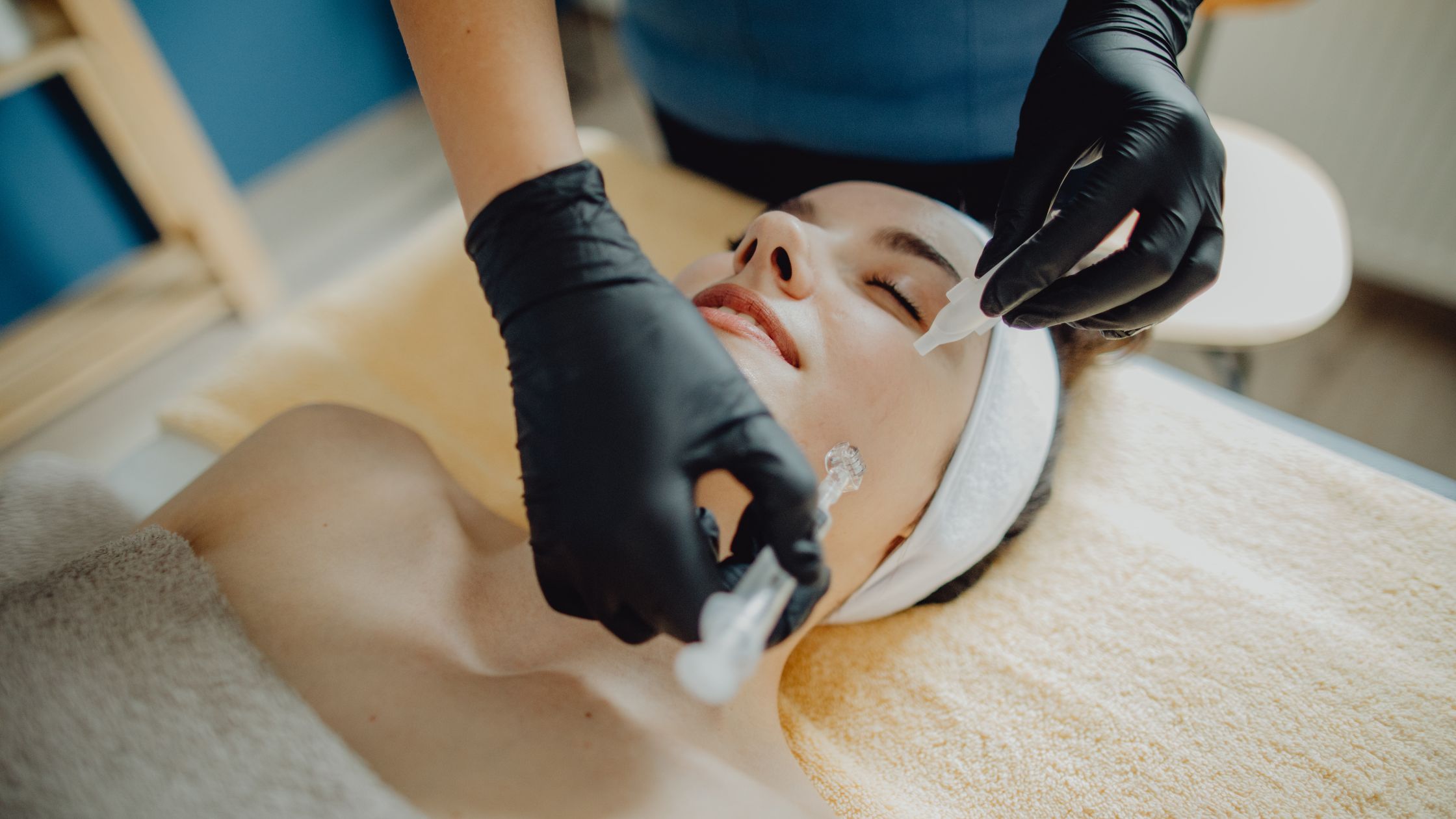
2. Microneedling: Collagen Boosting for Atrophic Scars
Microneedling is a popular non-surgical acne scar solution that stimulates collagen production. A device with fine needles creates tiny punctures in the skin, encouraging the body to naturally repair itself. It’s particularly beneficial for treating rolling and boxcar scars.
- How it works: The needles create micro-injuries in the skin, triggering collagen and elastin production to heal the treated area.
- Best for: Shallow to moderate atrophic scars.
Pros:
- Safe for all skin types.
- Minimal downtime.
- Boosts natural skin regeneration.
Cons:
- Results may take a few months to fully appear.
- Redness and mild irritation post-treatment.
3. LASER Resurfacing: Precision Targeting for Deeper Scars
LASER treatments are one of the most effective acne scar removal treatments for deep atrophic scars. LASERS work by removing the top layers of skin, encouraging collagen production, and remodeling the skin’s texture.
- Types of LASERS:
- Ablative LASERS (such as CO2 and erbium): These remove the outer layers of skin.
- Non-ablative LASERS: These stimulate collagen production without removing skin layers.
Pros:
- Can significantly improve deep acne scars.
- Non-surgical and precise targeting.
- Long-lasting results after several sessions.
Cons:
- Can cause temporary redness and swelling.
- Requires professional expertise for safety.
- Ablative LASERS may involve longer recovery times.

4. Dermal Fillers: Instant Volume for Indented Scars
Dermal fillers are a non-surgical acne scar solution that can quickly reduce the appearance of indented scars like boxcar and rolling scars. These fillers, typically made of hyaluronic acid or other collagen-boosting substances, are injected directly into the scar, instantly adding volume to smooth out the skin’s surface.
- How it works: The filler is injected into the scarred area to lift the depressed portion of the skin.
- Best for: Shallow to moderate scars, especially those that are deep and indented.
Pros:
- Immediate results.
- Minimal downtime.
- Temporary, allowing for future adjustments based on skin needs.
Cons:
- Results are not permanent; fillers usually last 6-12 months.
- May require touch-up treatments.
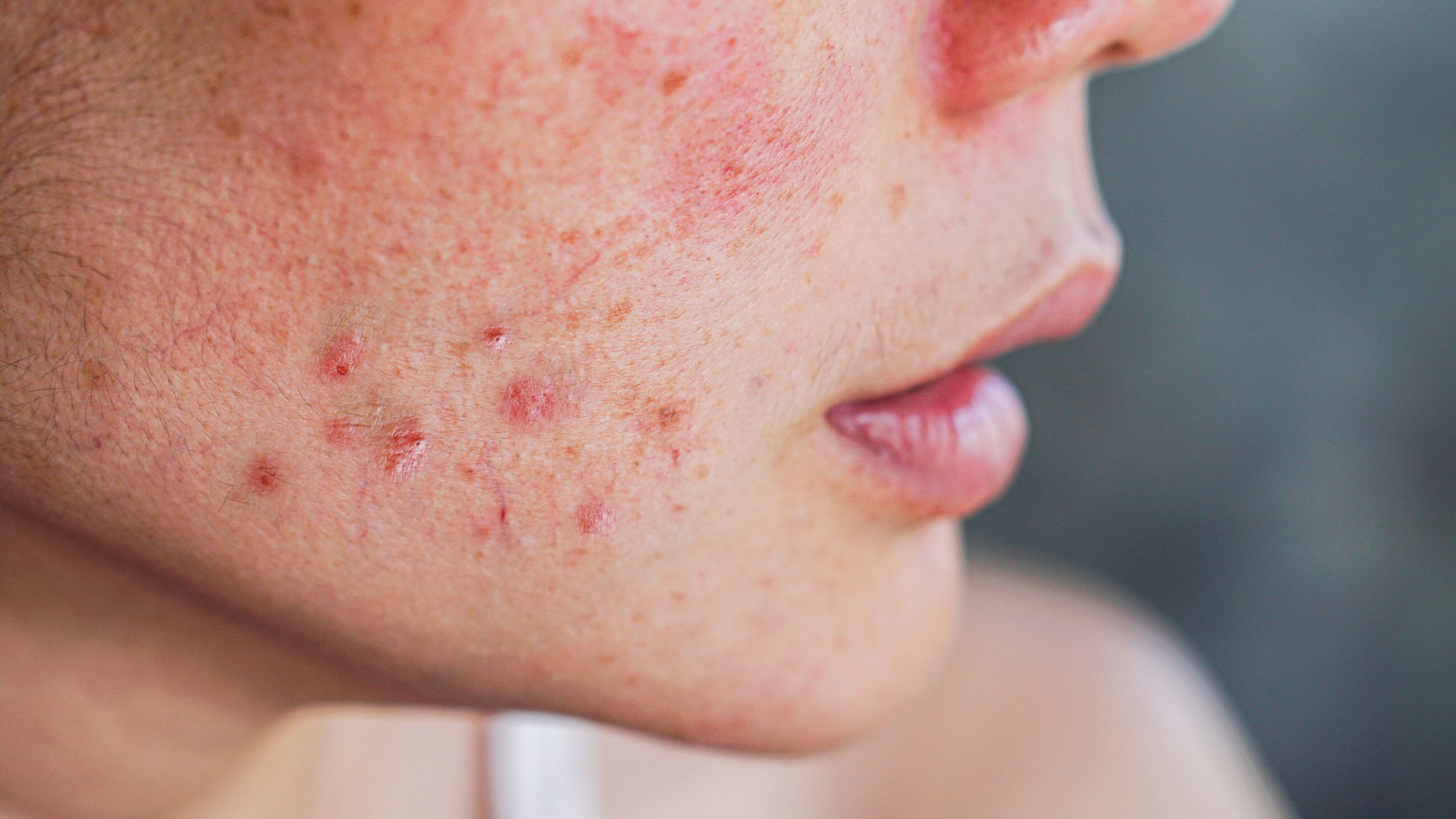
5. Subcision: Cutting Edge for Stubborn Scars
Subcision is a minor surgical procedure that involves using a small needle to break up the fibrotic tissue that tethers the scar to deeper layers of the skin. This procedure is highly effective for treating rolling scars that are anchored to deeper tissue, preventing the skin from laying flat.
- How it works: A needle is inserted beneath the scar, breaking the fibrotic bands that cause the indentation.
- Best for: Deep rolling scars.
Pros:
- Can provide significant improvement in scar depth.
- Often combined with other treatments, such as fillers or LASERS, for optimal results.
Cons:
- Some swelling and bruising post-treatment.
- Requires a skilled cosmetic dermatologist for safe execution.
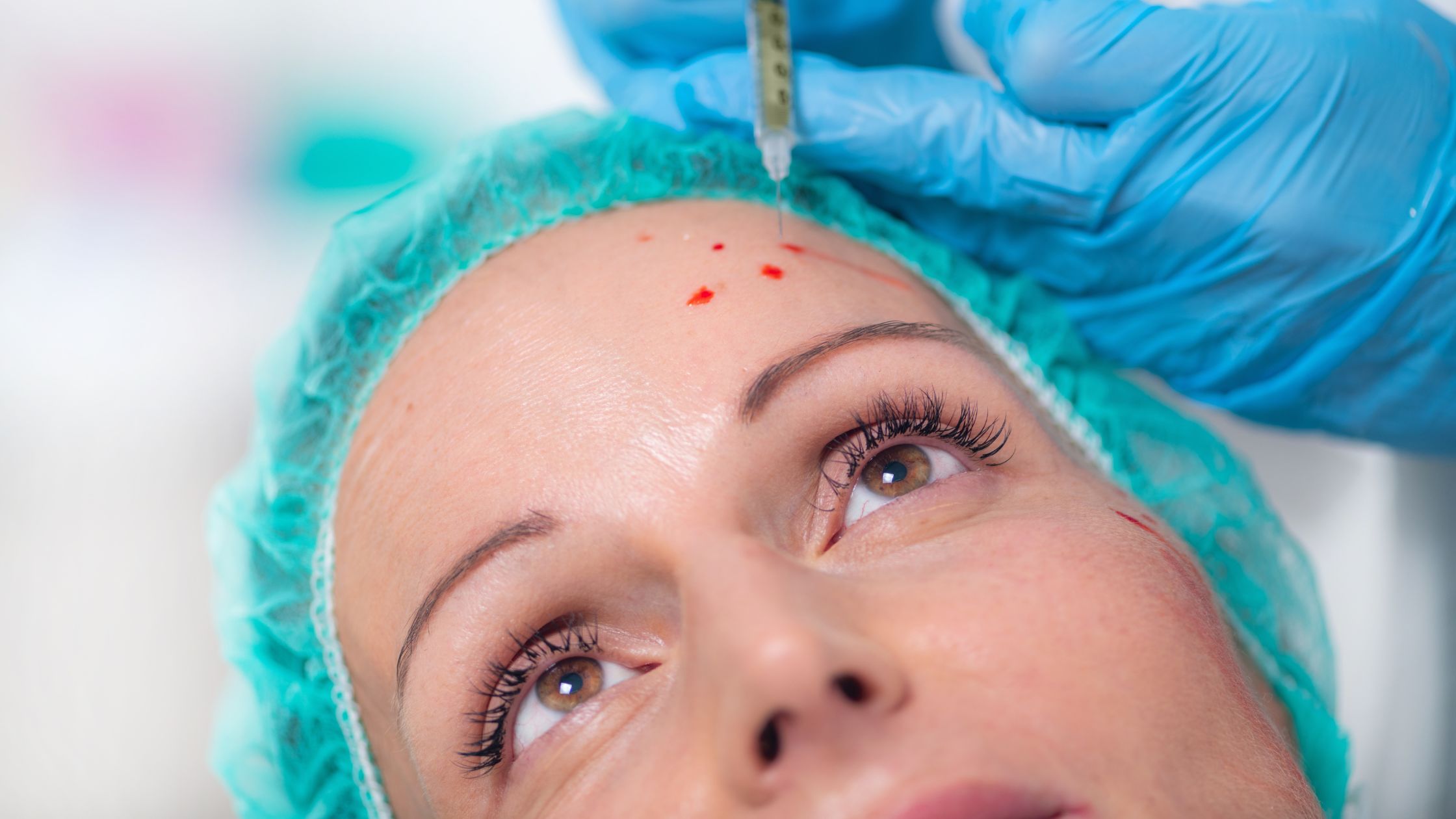
6. Platelet-Rich Plasma (PRP): Boost Healing with Your Own Blood
PRP involves injecting a concentrated form of your own blood’s platelets into the scarred areas to accelerate healing and collagen production. PRP is a regenerative treatment that can be paired with microneedling or LASER resurfacing for enhanced results.
- How it works: Blood is drawn, and the platelet-rich plasma is extracted and injected into the scars.
- Best for: Enhancing the effects of other acne scar treatments.
Pros:
- Natural and safe, using your body’s own healing properties.
- Minimal risk of allergic reactions.
- Boosts the efficacy of other treatments.
Cons:
- Results vary and are not immediate.
- Requires multiple treatments for noticeable improvement.
Which Treatment is Right for You?
Selecting the best acne scar treatment depends on various factors, including the type of scars you have, your skin type, and how much downtime you’re willing to tolerate. Always consult a cosmetic dermatologist to assess your unique case and recommend the safest and most effective acne scar removal treatments tailored to your needs.
Here are some things to consider when choosing a treatment:
- Downtime: If you have a busy schedule, non-invasive treatments like microneedling or chemical peels may be better.
- Severity of scarring: Deeper scars may require more intensive treatments, such as LASER resurfacing or subcision.
- Skin type: Some treatments, like LASER resurfacing, need to be carefully administered on darker skin tones to avoid hyperpigmentation.
Conclusion: Say Goodbye to Acne Scars Safely
Acne scars no longer need to be a permanent mark on your skin. With today’s safe acne scar removal methods, you can restore smooth, even skin. From chemical peels and microneedling to LASER treatments and PRP therapy, there’s a solution for everyone.
Consulting with a qualified cosmetic dermatologist and clinical cosmetologist ensures you receive personalized recommendations and the highest safety standards in scar removal procedures. Remember, patience and consistency are key, as most treatments will take a few sessions for optimal results. Choose Arth Skin & Fitness for all your hyperpigmentation concerns.
Ready to start your acne scar treatment journey? Schedule a consultation today and explore the best option for you!


